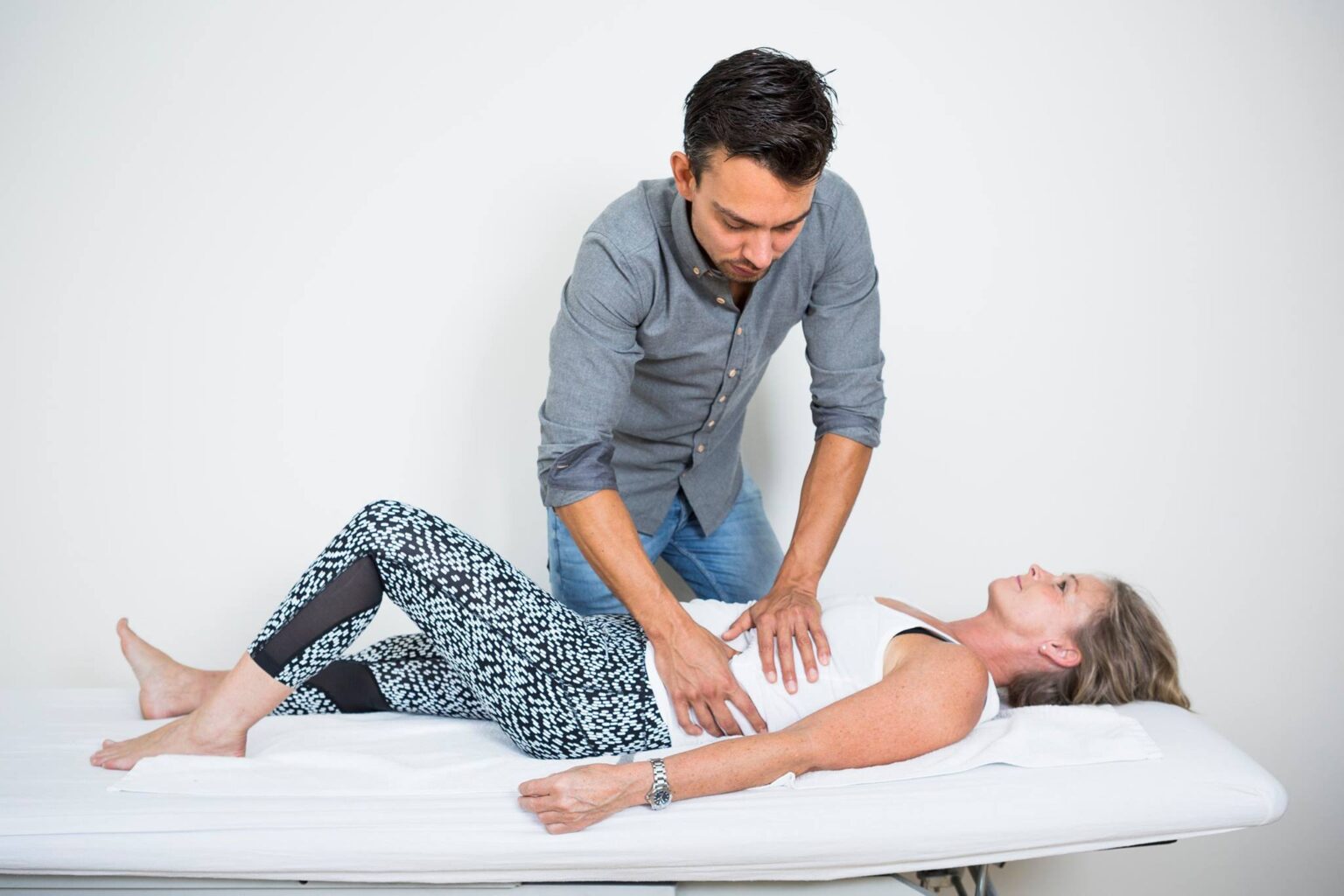We treat
Premenstrual syndrome
Learn more about PMS
What is PMS?
Premenstrual syndrome (PMS) affects most women at some point in their lives. For some it can be a major challenge, while for others it is a mild condition. PMS is a set of symptoms that occur in the run-up to menstruation, also known as the postovulatory phase. Symptoms often disappear shortly after menstruation begins, subsequent periods can be completely symptom-free.
Jump to section [Vis]
PMS frequency
Approximately 70-80% of all women experience PMS symptoms leading up to menstruation, which is quite normal. Where PMS can be a problem is in the approximately 3-10% who have more severe symptoms than would be expected during this period of the cycle. In approximately half of these women, the psychological symptoms are dominant.
These more disabling symptoms for this group are called Premenstrual Dysphoric Disorder (PMDD or PMD)
Source: John Hopkins Medicine

Causes of PMS
The actual cause of PMS is not established in the literature, but there are several theories and correlations that may contribute to more severe symptoms in some women. However, it appears that progesterone plays a crucial role in the severity of PMS.
Normal values for sex hormones are immediately seen during this period, but a possible increased sensitivity to progesterone during this period.
There may be an inhibition of the neurotransmitters GABA and serotonin in the brain by progesterone. This may be a possible explanation for the psychological symptoms.
PMS symptoms disappear immediately when a woman enters or passes menopause. However, the symptoms may be replaced by other symptoms that are related to reaching the menopause. Here we just don’t call it PMS/PMD anymore, but many of the symptoms can be closely related.
Source: Sundhed.dk
When do you have PMS?
The diagnosis of PMS or PMD is made by the doctor after excluding other diseases that can cause the same symptoms. When other diseases are excluded, the diagnosis is made on the basis of psychological and/or physical symptoms that occur before menstruation and that end after menstruation has begun.
Source: Sundhed.dk
Treatment for PMS
In the vast majority of cases, there is no need to treat mild PMS symptoms. The problem arises when the symptoms affect daily activities. There is not very good research on the area and most medications have been shown to be ineffective. The best effect is seen with SSRI/SNRI (antidepressants). Possible effects with birth control pills or GnRH inhibiting medications.
Source: Min Medicin

The difference between PMS and PMD
Here, the primary reference is to the degree of symptoms. Which means that symptoms that can be extremely disabling and often have a strong psychological character, e.g. suicidal thoughts, will be characterized as PMD. In contrast, PMS is a completely normal condition, but can still vary in intensity from one individual to another. This can contribute to reducing the quality of life during the period, even though it is PMS. PMD differs in having fewer somatic symptoms, but strong psychological challenges. Depression and anxiety are often seen in the week leading up to menstruation. Premenstrual dysphoria is often overlooked.
Source: Ugeskriftet.dk
This means that if there is more outright anxiety, it is more indicative of PMD than PMS.
A questionnaire has been developed to better clarify where on the spectrum an individual is located. This self-report form is recommended in most studies. See more here.
As with PMS, the cause of PMD is uncertain, which is why the individual’s situation should always be taken into account.
Symptoms of PMS
Since PMS is a collection of symptoms during a specific period, the symptom picture can vary enormously from person to person. This reinforces the importance of ruling out other illnesses first. Symptoms often seen with PMS:
Examples of physical symptoms
- Sore breasts
- Bloating and increased abdominal size
- Fluid accumulation, for example in the ankles
- Weight gain
- Headaches of various kinds
- Skin changes
- Constipation
- Nausea
Examples of psychological symptoms
- Sadness and depression
- Irritability and irritation
- Tendency to cry
- Restlessness and agitation
- Concentration and sleep problems
- In extreme and very rare cases, you may have suicidal thoughts
Source: Apoteket.dk

Osteopathic treatment
Osteopathy may be able to alleviate symptoms during this period by working with the autonomic nervous system, among other things. This will often be in relation to relaxation/Craniosacral Therapy.
It may also be an opportunity to look at the areas that are muscularly affected by the period and thereby try to reduce the muscular tension.
This is achieved through a thorough examination of the neuro-mechanical connections in the visceral and musculoskeletal systems.
Additionally, it is extremely important for the therapist to have a conversation with the client about lifestyle factors that may influence symptoms. This could include stress reduction, sleep, exercise, and other individual measures. You can read more about osteopathic treatment here.
Functional Medicine
Functional medicine is an alternative or complementary treatment to medicine or osteopathy. It looks at all the underlying factors that could influence PMS/PMD. This is done, among other things, based on biochemistry, physiology, nutrition, neurophysiology, genetics, microbiome, etc.
Source: Ifm.org
This means that all possible factors contributing to the symptoms are considered and addressed, if possible. This is done on the basis of a thorough interview and/or laboratory tests, if this is found relevant. This could be tests of the gastrointestinal system, the hormonal system, vitamin/mineral tests, amino acid tests, biotransformation, etc.
It is important to point out that every case is different, which is why there is no standardized treatment. The same symptom picture in two people can result in very different treatment approaches.
Functional Medicine attempts to incorporate all relevant research and take individual considerations into account. You can read more about Functional Medicine here.

Often related pain

Ovarian surgery

Hysterectomy
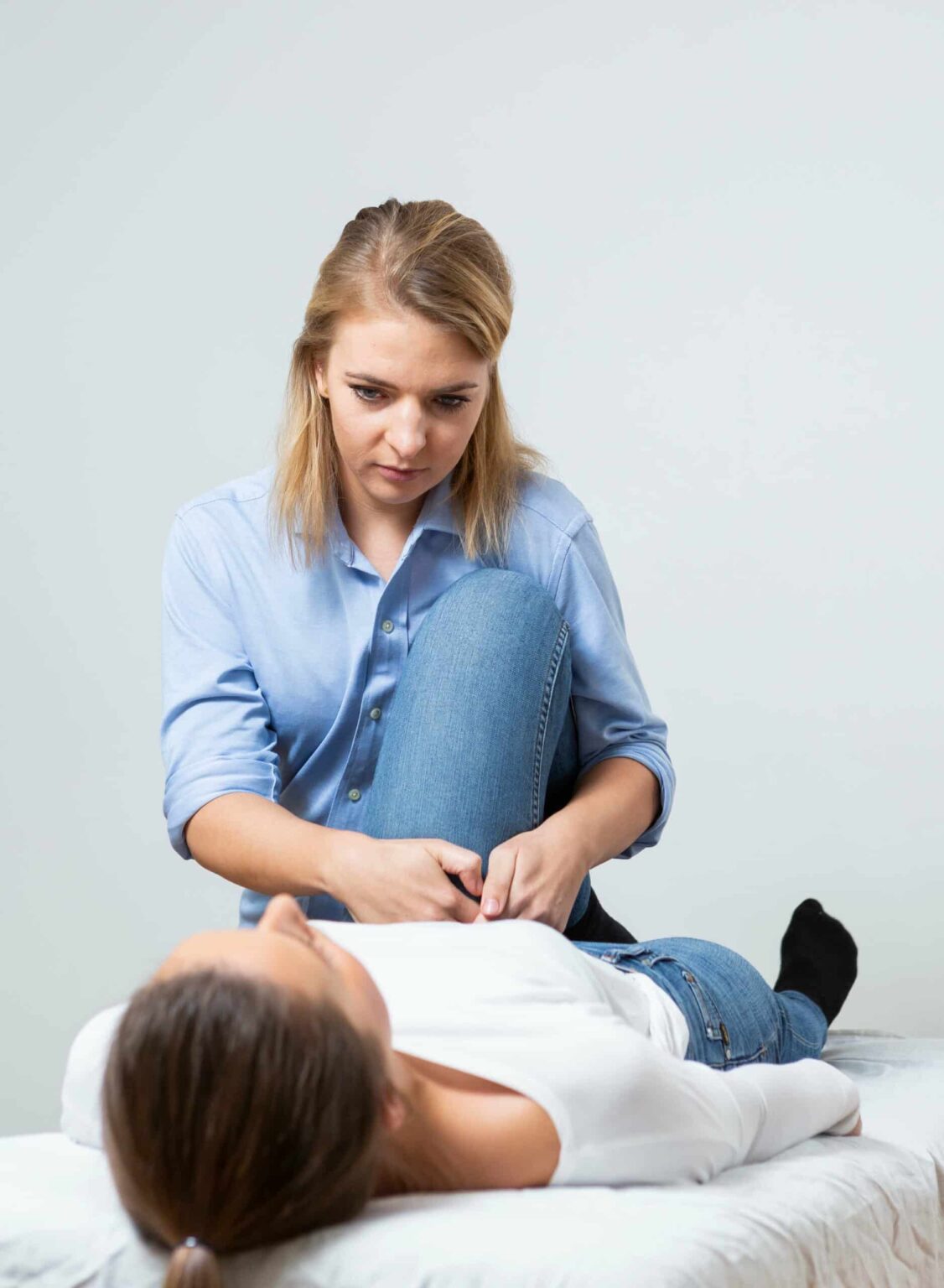
Endometriosis
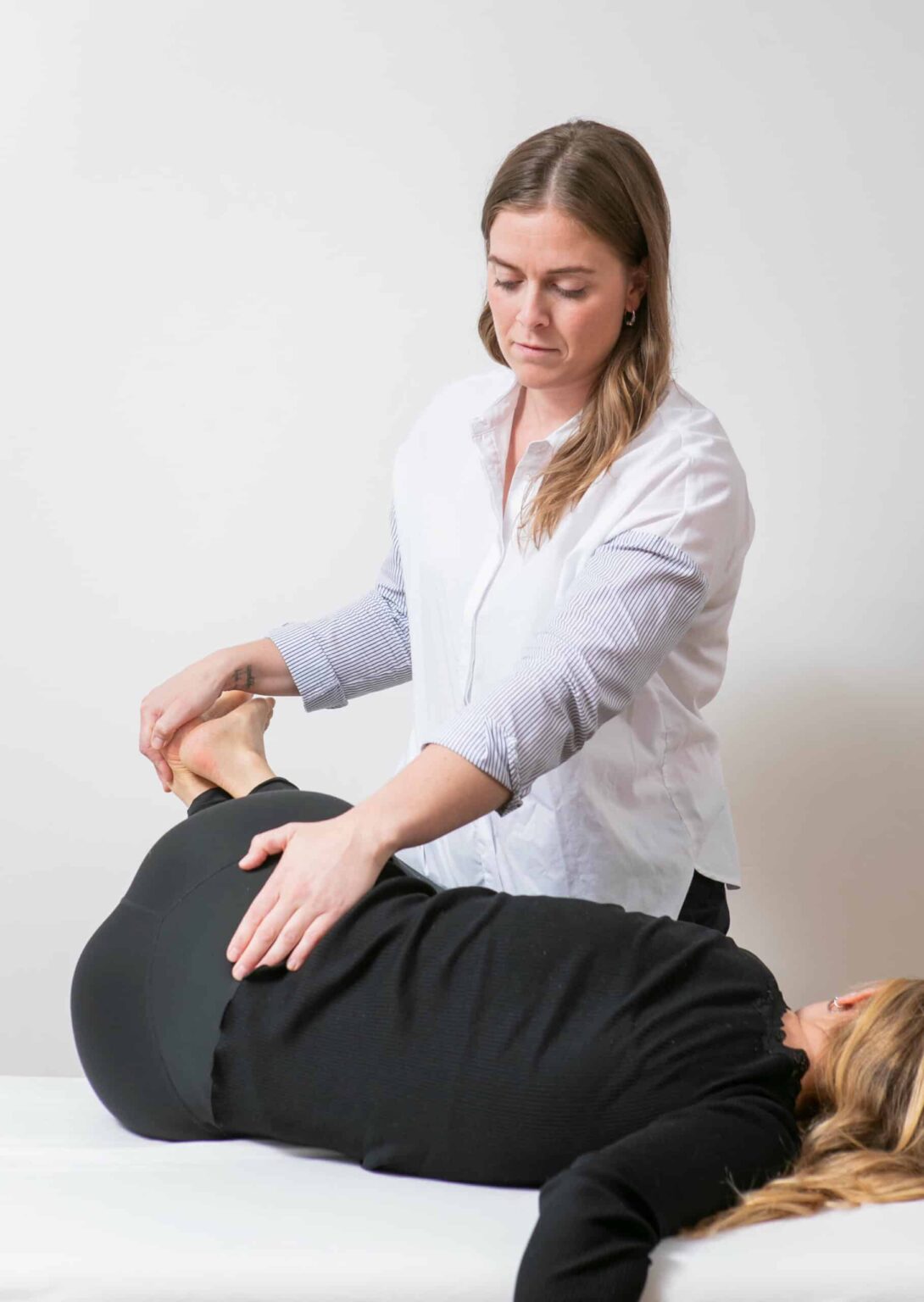
Pelvic pain

Menstrual pain
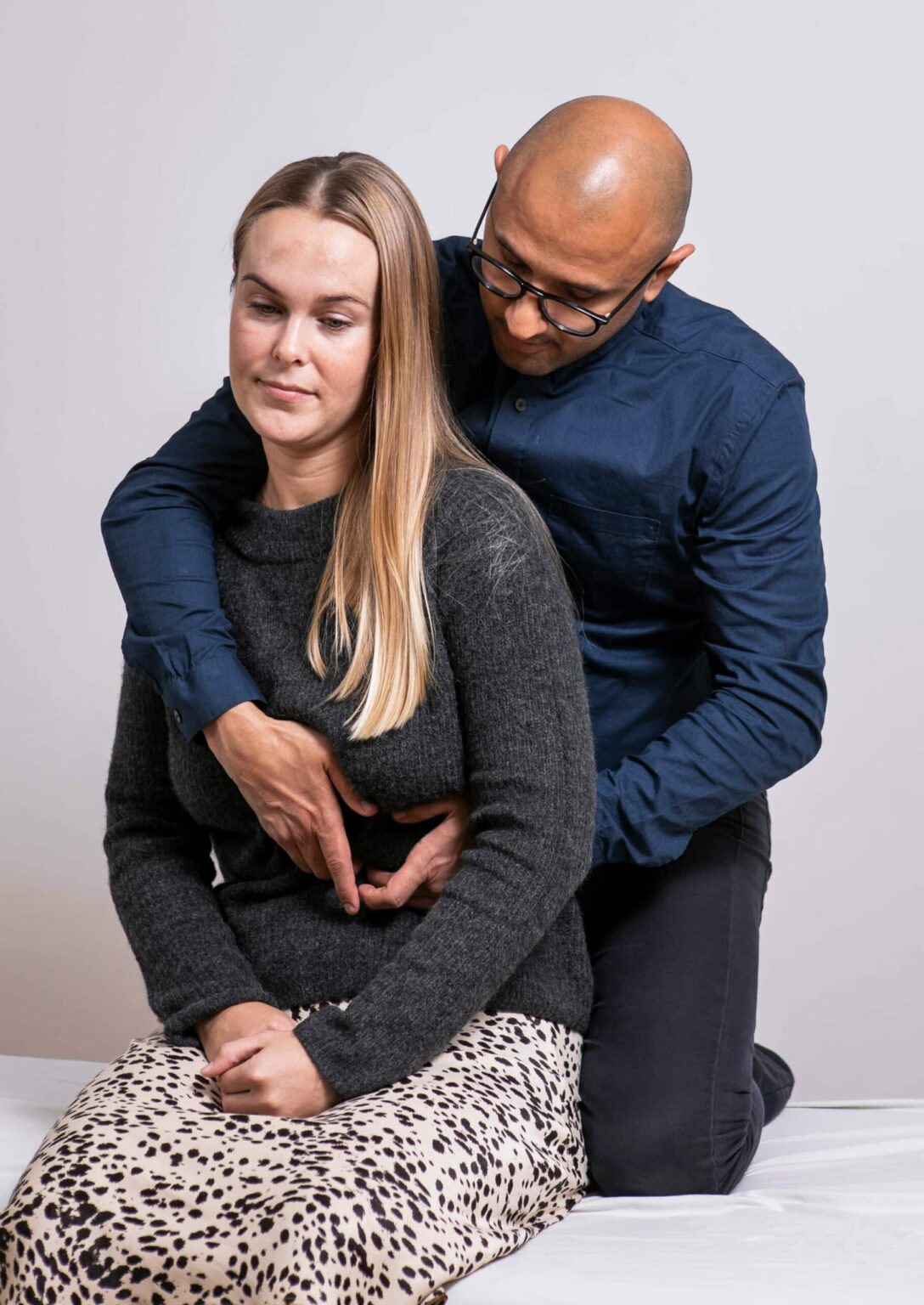
PMS
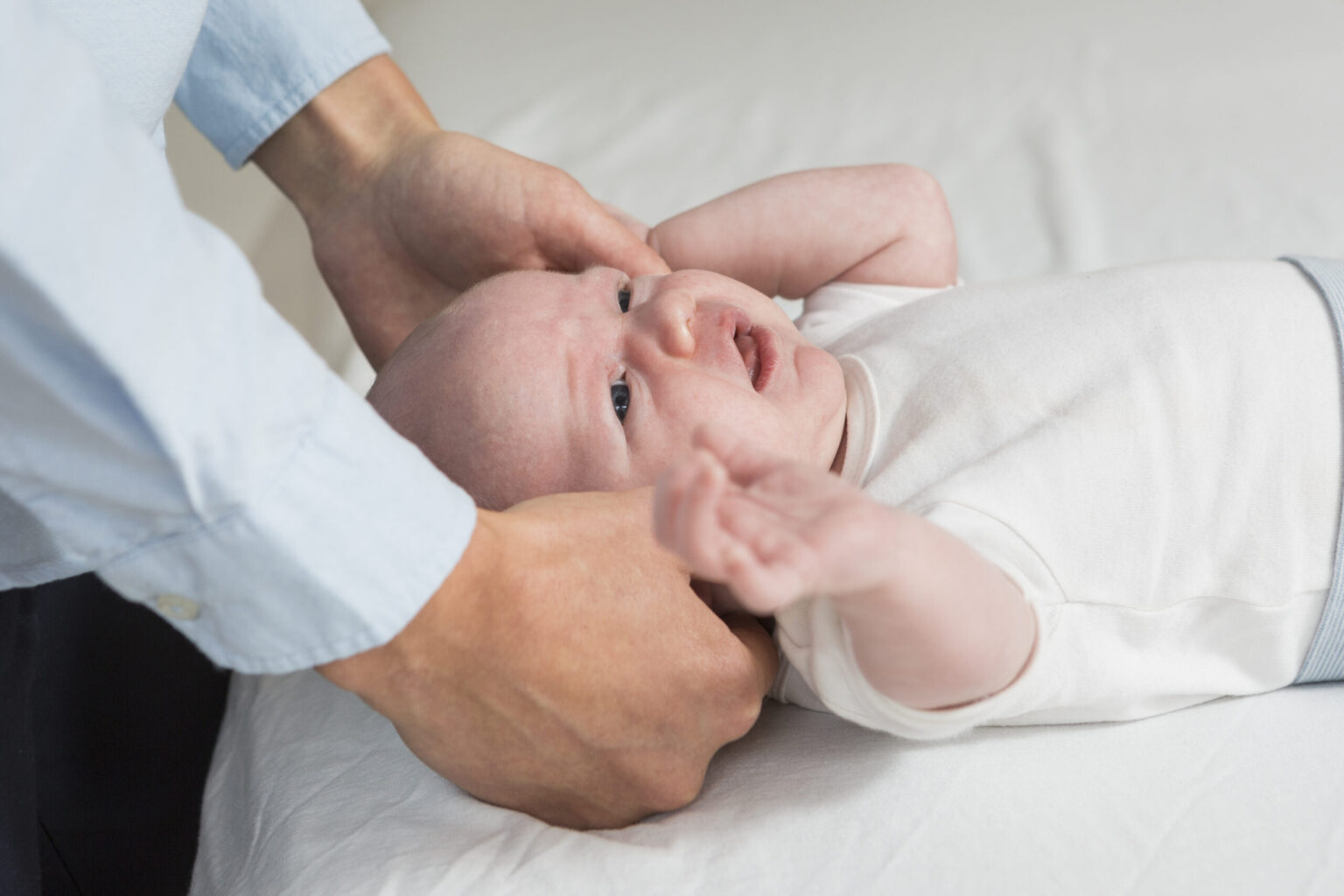
Involuntary infertility
